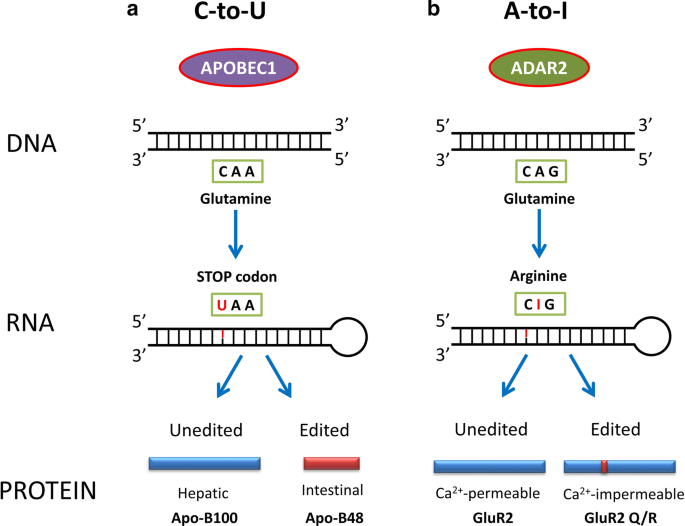Tuesday, April 18, 2023
Evolutionary Advantages of RNA Editing
RNA editing is hypothesized to facilitate adaptive evolution via flexibly diversifying the proteome temporally or spatially. However, direct experimental evidence is lacking. This study unveils the functional importance of conserved missense adenosine-to-inosine (A-to-I) RNA editing (CME) sites in Fusarium graminearum and provides convincing experimental evidence for the adaptive advantages of two CME sites. The first CME site drives the CME5 gene gaining a new important function in ascus and ascospore formation during evolution. Having an editable A at this site is fitter than an uneditable A or a genomically encoded G. The second CME site in the CME11 gene confers a “heterozygote advantage” during ascosporogenesis, meaning that concurrently expressing both edited and unedited versions is more advantageous than either. Full article: Xin, Kaiyun, et al. "Experimental evidence for the functional importance and adaptive advantage of A-to-I RNA editing in fungi." Proceedings of the National Academy of Sciences 120.12 (2023): e2219029120.

Image from Christofi, T., Zaravinos, A. RNA editing in the forefront of epitranscriptomics and human health. J Transl Med 17, 319 (2019)

Image from Christofi, T., Zaravinos, A. RNA editing in the forefront of epitranscriptomics and human health. J Transl Med 17, 319 (2019)
Labels: #adaptation, #evolution, #RNA, #RNAEditing
